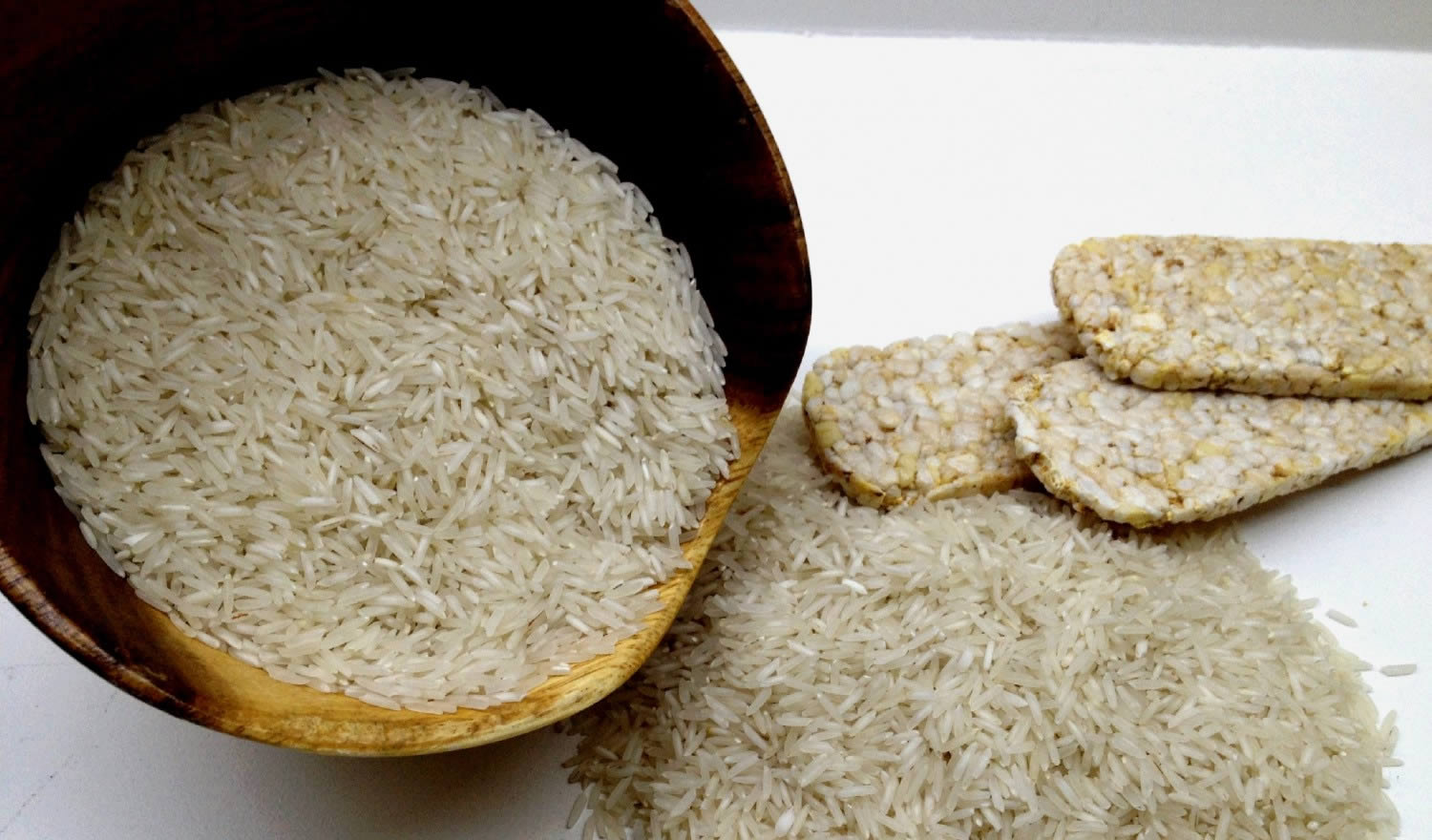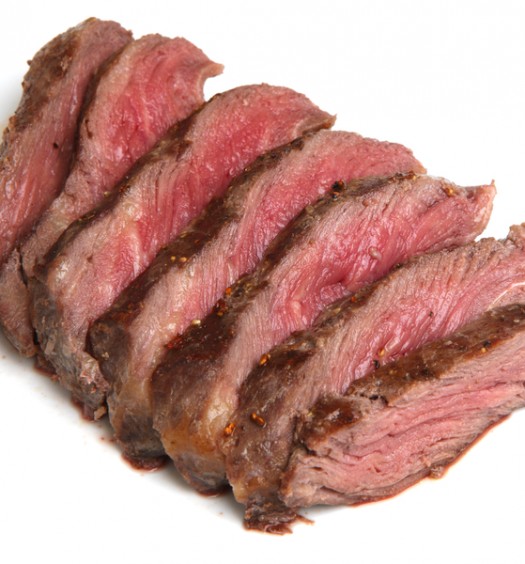Numerous global reports have found that there are high levels of arsenic in rice and rice products.
This is an enormous health crisis for many people across the world where rice is a dietary staple and particularly for vulnerable countries like Bangladesh where their soil and water are naturally rich in arsenic. It is less of a worry in the UK where our water is rigorously tested and we eat a comparatively small amount of rice. But with so many children being given rice-based foods in the belief they are healthy, we certainly can’t ignore the issue.
Where does arsenic come from?
Arsenic is a naturally occurring element in our soil and water. The problem is that rice is particularly good at absorbing highly toxic arsenic. The situation is made worse by contamination from arsenic-laden ground water, mining, processing and pesticide use.
The European Food Standards Authority have reported that people who eat a lot of rice are exposed to worrying concentrations. Long term exposure can cause a range of nasty health problems including developmental problems, heart disease, diabetes, nervous system damage and links with various cancers, especially lung and bladder.
How much arsenic is in rice?
There are tight regulations on arsenic in our water supplies but currently none in food. But only 5 percent of our arsenic comes from water and 95 percent from food. New EU food regulations are due to be set next summer, limiting 200 parts of arsenic per billion for adults and 100 ppb for children and babies. But scientists are concerned that these new levels are still far too high, especially for children.
The levels of arsenic in rice vary by type and region. Italian brown rice has 160ppb, red rice from France 310ppb and basmati rice from India has just 40ppb.
Here are just some of the results of testing on a number of rice products: Kelloggs’ Rice Krispes (188ppb), Kallo organic puffed rice cereal (323 ppb) and Organix wholegrain baby rice (268ppb) were found to have arsenic levels that were far above the recommended levels.
Rice milk is especially high in arsenic and the UK Food Standards Agency has issued advice that children under the age of four should avoid it. What I find scandalous is that they have known all of this for over 5 years, the information is on their website but how many of us go to the FSA website to see what we should be eating?
Minimising exposure
I’m not suggesting parents need to cut rice out of their kids’ diet completely. But it’s all too easy to carry around a bag of rice cakes thinking we’re offering our kids a healthful snack – it’s this constant exposure we need to be wary of.
Almost all foods have the potential to contain arsenic. However certain plants such as rice, apples and grapes are especially good at absorbing arsenic and if grown in arsenic-rich regions they may contain significant amounts which can be concentrated further through processing.
• Go for moderation and variety – not only do you get a broader range of nutrients, but you also avoid overdoing any nasties such as arsenic. If you regularly eat rice, try cous cous, millet, quinoa, ammaranth and other grains. There are also many alternatives to rice milk such as coconut, almond, quinoa and oat.
• Choose white rice over brown as arsenic is concentrated in the bran that is removed by milling to produce white rice.
• Avoid processed foods which concentrate arsenic levels. For example, it takes around 5 apples to make a serving of apple juice and tonnes of rice to make a portion of brown rice syrup. It’s these concentrated sources that are a real concern. Rice syrup is used widely in processed foods – especially those marketed as being ‘healthy’. Read ingredient lists to make sure you’re not unknowingly eating far more portions of rice than you think.
• How you cook your rice can reduce the arsenic levels. Experts recommend washing the rice well before cooking and using extra water with a 6:1 ratio, pouring the excess water off before serving which removes over 30 percent of the arsenic.
• Find out where the rice is grown – rice from Thailand (Jasmine) and India (basmati) had some of the lowest levels found. American rice from the southeast contains some of the highest levels as arsenic was used as a pesticide on the land for years.
Rice low in arsenic: Indian, Pakistani, Nepalese, Chinese, Egyptian, Thai
Rice with high levels: American, European (especially French and Italian), Bangladeshi
How to get rid of any accumulated arsenic
Your body possesses detoxification pathways designed to rid itself of arsenic and other potentially toxic substances. Therefore as long as you are generally healthy, a moderate amount of rice should cause no problems.
Hair mineral tests are an accurate way to assess arsenic levels and whilst raised arsenic levels are often found, they are also one of the easiest to reduce. The first focus should be on eliminatory organs, mainly the bowel, liver and kidneys. So, by increasing fibre, water and liver friendly foods we’re ensuring some removal.
The next important consideration is to make sure you have good levels of minerals that bind to arsenic. The main ones are zinc (nuts, seeds, eggs, meat), selenium (shellfish, brazil nuts, oats), magnesium (cocoa, nuts, seeds, greens) and iodine (seafood, seaweed) as well as sulphur from foods such as eggs, onions and garlic. I would also recommend a good quality multivitamin to add some extra protection.
Special note for kids
We need to be especially cautious in what we’re feeding our kids as they are more sensitive to chemical exposure. The detoxification pathways by which adults remove arsenic are not adequately developed in young children. They also tend to have less varied diets and apples, rice and grapes are often dietary staples.
I think its fine for kids to eat rice (and apples and grapes) as long as it’s part of a varied diet and not in concentrated form. Try substituting rice bars, cakes and cereals with oat based products, avoid rice milk and syrup and opt for basmati rice over other varieties.
We hope you found this article helpful. Don’t forget to subscribe to receive more articles, nutritious recipes and expert tips. We love hearing from you so please do comment below or check us out on social media to keep up to date with what’s happening in the world of nutrition.





